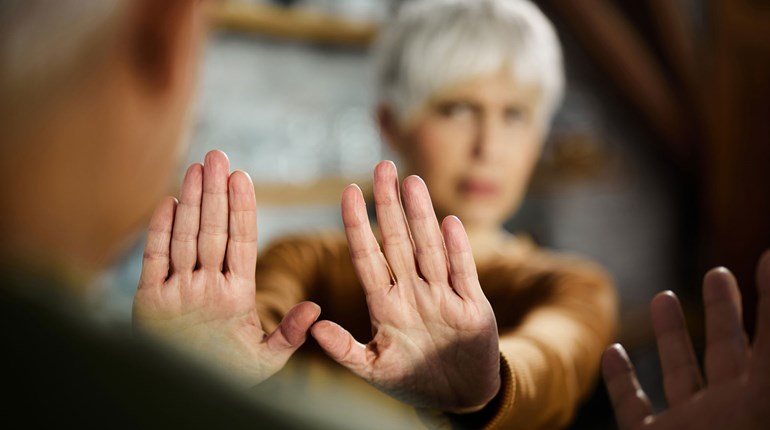
A recent armed home-defense episode in France points out a drastic difference in the way that country looks at the topic of self-defense in the home compared to here in the United States.
In late March, a farmer in Longré, France, was indicted for murder after shooting and killing a man who had broken into his home. According to investigators, the farmer was home with his 3-year-old daughter when a group of four men broke into his home. He fired two shots with a large-caliber rifle, killing one of the intruders.
In response to the story, French President Emmanuel Macron said the farmer should have called the authorities to take care of the incident.
“Everyone must be safe, and the public authorities have to ensure it,” Macron said. “But I am opposed to self-defense. It’s very clear and undisputable because otherwise the country becomes the Wild West. And I don’t want a country where weapons proliferate and where we consider that it’s up to the citizens to defend themselves.”
Fortunately, here in the United States, armed self-defense of the home is more often viewed quite differently, although many anti-gun politicians would undoubtedly like to see that changed. Here, someone’s home is, indeed, his or her castle.
That was the case with three home invasions that occurred in the United States shortly after the home-defense shooting in France.
In Homosassa Springs, Fla., on April 2, a man identified as Kyle Nye Davis was shot and killed. According to a report, the man had struck and severely injured a woman. When the woman returned to her home, the man allegedly broke into the home and attacked the woman’s male roommate, who was able to retrieve his pistol and shoot Davis, stopping the attack.
The incident is still under investigation, but the sheriff’s office said the preliminary investigation indicates the shooting was done in self-defense.
Three days earlier, a Kent County, Mich., homeowner was forced to use his firearm to protect himself in his home. According to a report, the homeowner was awakened around midnight by the sound of someone breaking his car windows in his driveway.
The homeowner approached the suspect, who told him to back up. When the homeowner went inside to load his hunting rifle, the suspect followed him into the house. The two exchanged gunfire. Police said the suspect, who died at the scene, was believed to be connected to two other vehicle thefts that night.
That same day, a homeowner in Dale County, Ala., used his firearm to fight off a home intruder at the same time he was reporting the invasion to a police dispatcher over the phone. According to a report, a man called 911 at about 5:45 a.m. to report a break-in in progress. While the homeowner was on the phone with the dispatcher, the suspect broke out a window and began climbing through it into the house.
As the suspect came through the window, the homeowner shot him, quickly ending the home invasion. As this was being written, the suspect was listed in critical condition at a local hospital, and the police had reported that no charges are expected against the homeowner.
There you have it: three straightforward cases of legal, armed home defense around the same time the French farmer was charged with murder and chided by the country’s president for—if press reports are to be believed—protecting his home and family. Looking at these three cases, one has to wonder what the outcomes would have been if the victims had lived in France, where the current government is against armed self-defense.

































